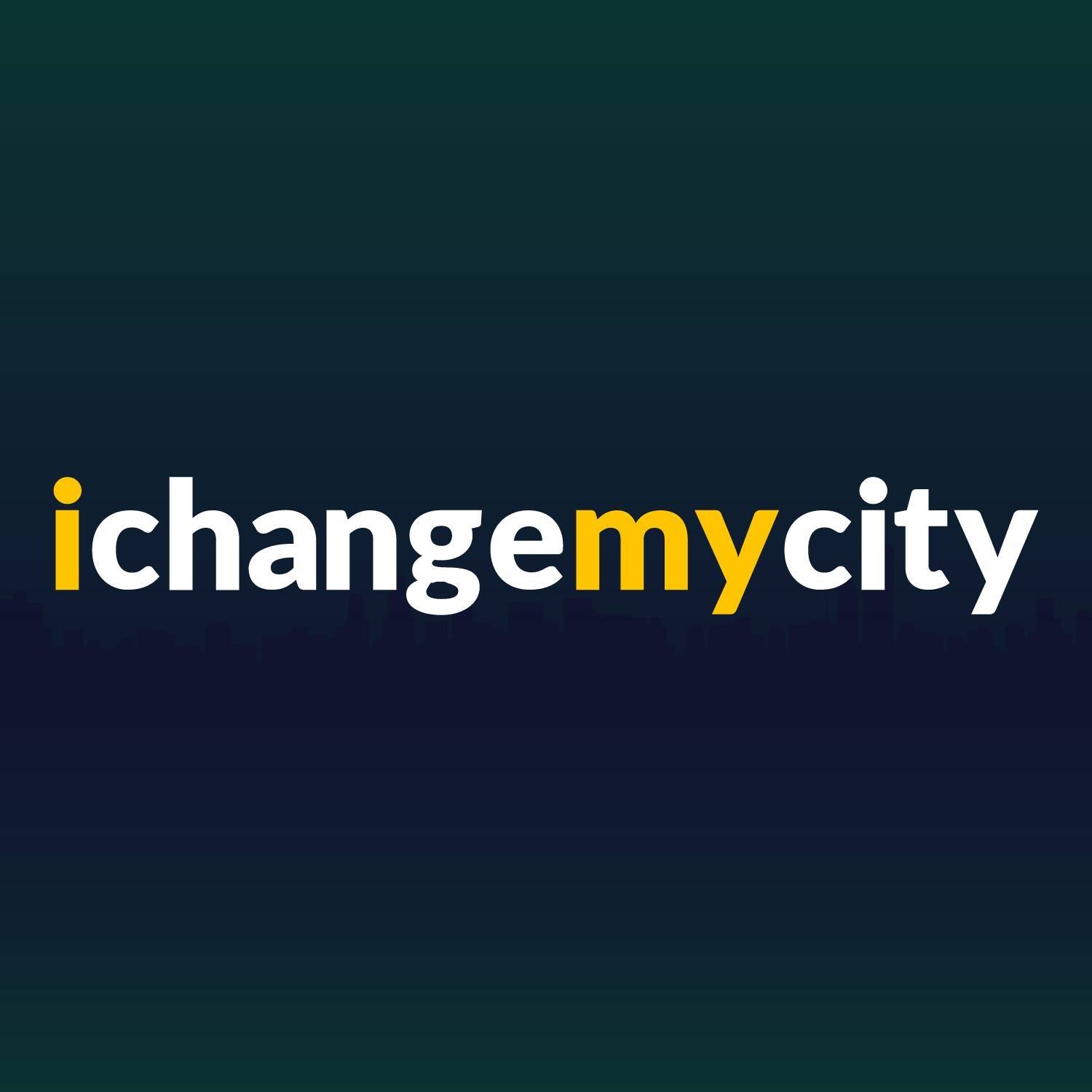NEW DELHI: A continued shift in consumer behavior and evolution of the business ecosystem will underpin the growth of India’s internet economy, from approximately $175 billion of consumption in 2022 to ~$1 trillion by 2030, according to a report titled ‘The e-Conomy of a Billion Connected Indians’ released by Google, Temasek and Bain & Company today.
Based on surveys of consumers and investors, as well as analysis by Bain & Company, the report shares insights into the key sectors of the internet economy driven by digital consumption, such as e-commerce, online travel, food delivery, ride hailing, and more.
The confluence of three crucial forces – digital-seeking behaviors amongst internet users in Tier 2+ locations, the digitization of large, traditional businesses along with a growing startup ecosystem, and the success of India’s homegrown digital public goods or the ‘India Stack’ – has positioned the internet economy for acceleration. Consequently, the contribution of the internet economy to India’s technology sector is set to expand, from the present 48% to 62% in 2030, while its share in India’s GDP will increase from 4-5% to nearly 12-13%.
Parijat Ghosh, Managing Partner, Bain and Company (India): “India’s internet economy has remarkable potential and is expected to grow at 6x over the next decade, with B2C e-commerce driving 40% of the digital GMV, followed by B2B sectors and SaaS. The pace of digital disruption is expected to accelerate as traditional businesses and MSMEs increase investments in digitization, in addition to startups continuing to play a strong role in driving the internet economy. We expect to see players go beyond their core to cater to the consumer of the future and adopt new business models to capitalize on the growing opportunity.”
With India’s ~700 million internet users transacting more via real-time digital payments and spending more time on online video streaming services and social media than global averages, the internet economy is set to expand beyond its current base. This growth will be founded on consumers seeing their household incomes double by 2030 from approximately $2500 to $5500 by 2030.
- Press release







